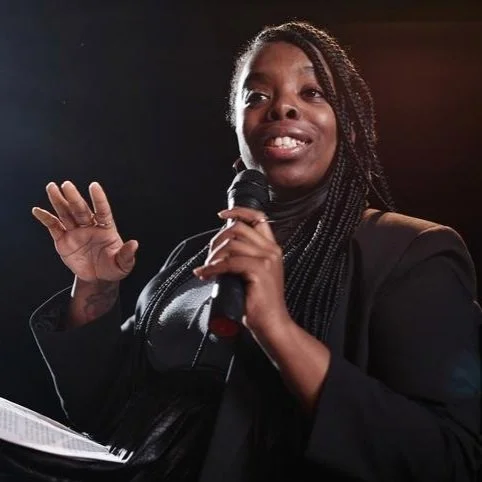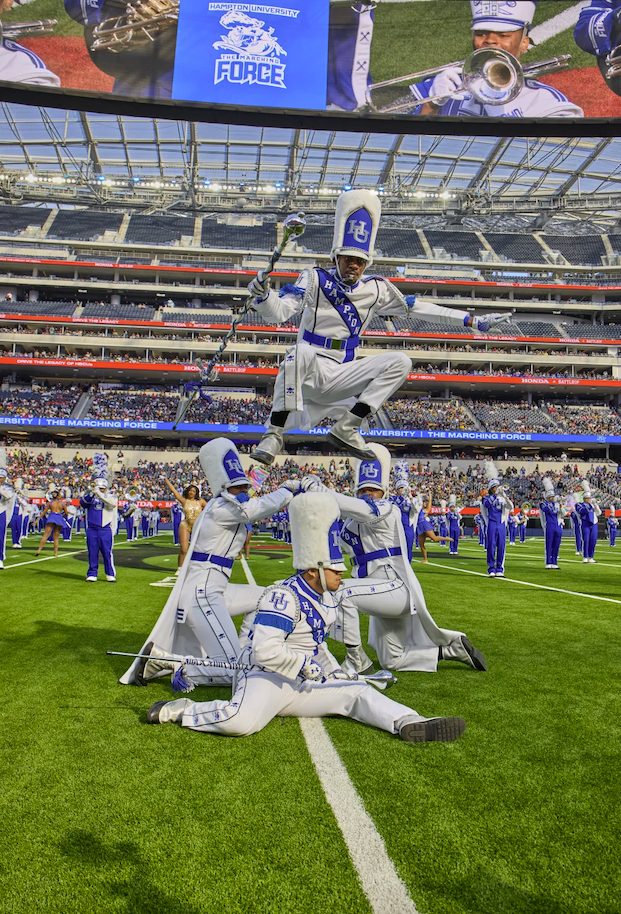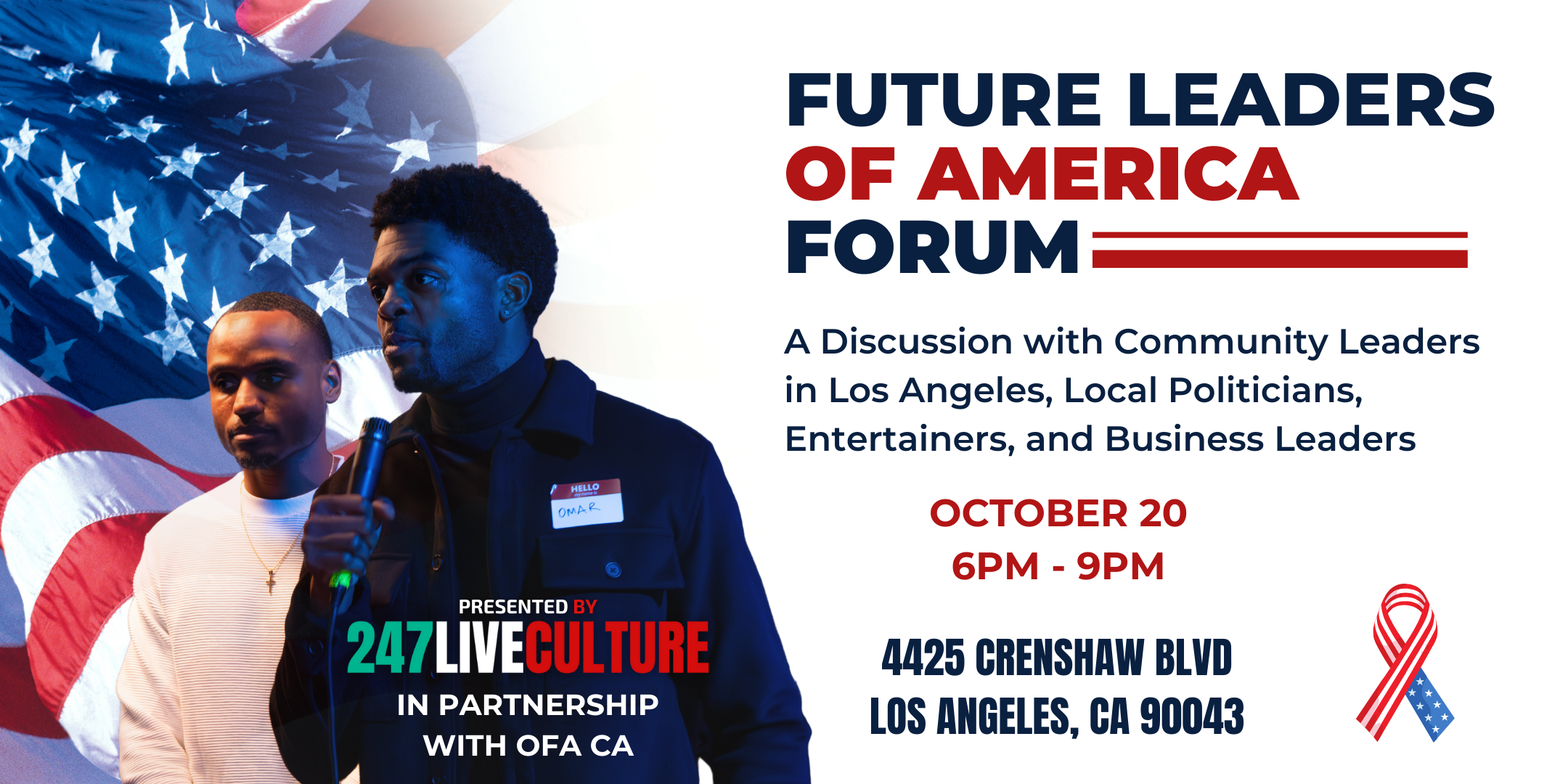"A Black Lady Sketch Show" is Important for Black Women
By: Alexis Oatman
HBO has finally released the much anticipated second season of A Black Lady Sketch Show which is available on streaming services.
Created by actress and comedian Robin Thede, the series features an all-star cast of many beloved black female entertainers like Issa Rae, Angela Bassett, Laverne Cox and up-and-coming stars like Quinta Brunson, Skye Townsend, Ashley Nicole Black, and more. The sketch show addresses the comedic landscape lack of black female voices. This show is the first of its kind featuring an all-black female writing room, director, and a cast composed entirely of black women.
Each episode takes a deep dive into culturally relevant themes like societal norms, religion, sex, dating, relationships, and how black women navigate those spaces. From hair weaves, to bad b*tch therapy, this show has been tailored for Black women.
With only six episodes in the first season, the series offers the audience a satirical look at the many issues Black women face daily.
A Black Lady Sketch Show writers are showcasing our issues, our trauma, our tropes as black women and making it digestible and funny. These black ladies have not only empowered me but have allowed me to reflect on issues in my own life. This show is proving that black women are funny and that we are not a monolith.
Here are some of my favorite sketches from season one of A Black Lady Sketch Show.
Sketch: Get the Belt
This sketch starring Marsai Martin from Black-ish focuses on the trauma that black children experience with corporal punishment, also known as "spanking" or "whooping." The writers were able to take something serious like this and make it laughable. It’s been said that whooping children has been a part of black culture since slavery. There is research showing the black children are often disciplined more and harshly than their non-black peers. This is often linked in retrospect with the Bible, where it is said, " Spare the rod, spoil the child." Usually, this is a method of black parents to help keep their children from becoming statistics.
Still, this is an action steeped in cultural trauma from one generation to another. Whooping black children has still not statically helped them do better, but it will stay as a mainstay for many black households.
Sketch: Invisible Spy
This sketch focuses on the top spy of a government organization. The best agent is ironically a black, dark skin, overweight woman. She states she is the perfect agent because “no one notices her.” In media and entertainment, black women, particularly darker-skinned heavier black women, do not get much representation. Often these women are marginalized within our communities because they are not seen as desirable. These women are usually the butt of the joke and usually only fill dramatic and comedic roles entrenched in stereotypes.
What makes this show different is that they give the character three-dimensionality. They made her funny and relatable. Her character itself is its own precedent. Ask yourself how many movies, particularly action movies, feature an overweight, darker-skinned woman as a lead character? The answer is there are none.
Sketch: Courtroom Kiki
Probably one of the best sketches I have seen so far on the show. This sketch focuses on seeing another black professional in a predominantly white space, like law. The sketch starts with all the black women in the room noticing and wallowing in each other’s prescience. Also, it speaks to black women becoming the most academically advanced and educated beyond their peers.
Many black professionals or college-educated people have all that feeling of being the one of one. Being the only black person in a predominantly white space can be challenging, especially when you are asked to speak on behalf of your whole race. Seeing another black person in that space is almost of sigh of relief. I can remember being the only black woman in many of my college courses, and whenever another black person would walk in, I couldn’t contain my excitement.






